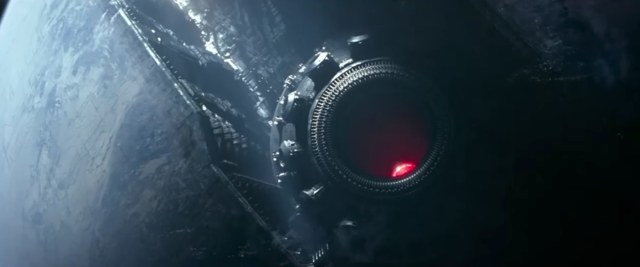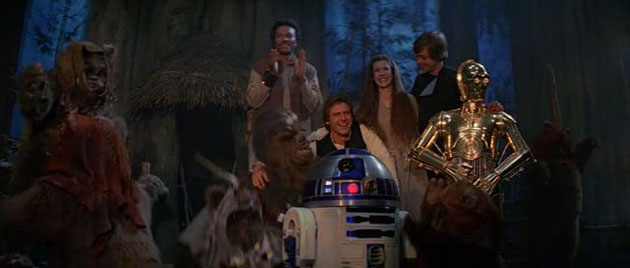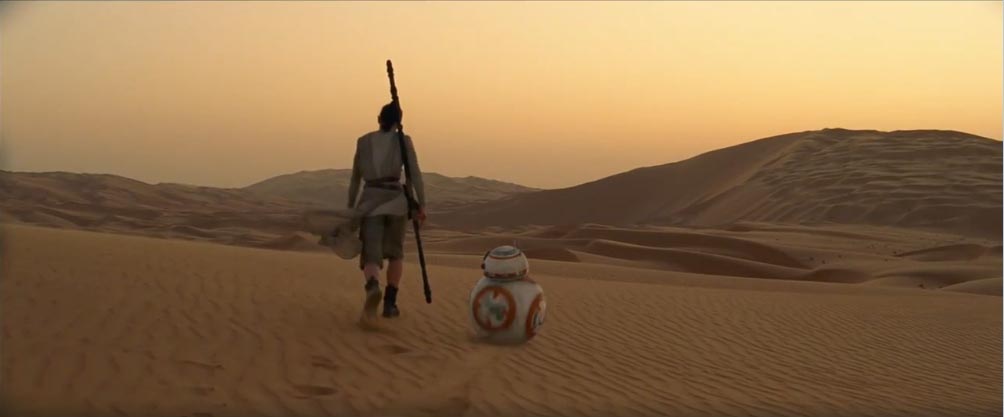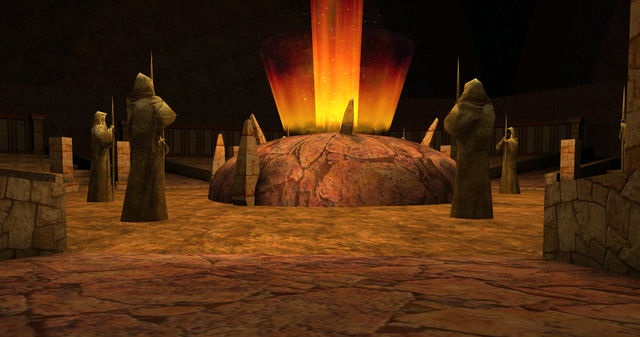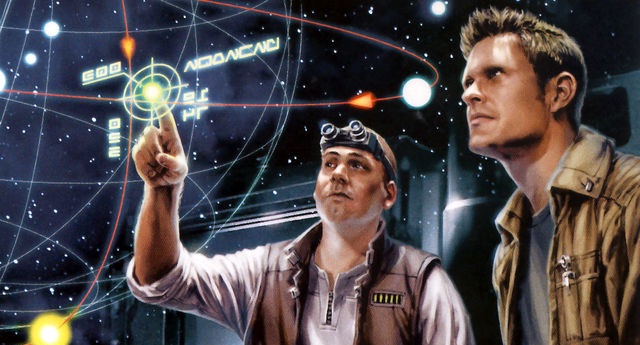
While The EU Explains dates back to the earliest days of this site, and thus before the reboot actually took place, that seemed a likely enough prospect that this series was conceived less as “what are the definitive answers to these questions?” than as “how did the Expanded Universe address this?” The EU’s version(s) of the theft of the Death Star plans, certainly, isn’t going to hold up much longer, but if we don’t learn from the past we’re doomed to repeat it and all that—so I feel it’s helpful for both old fans and new to reflect on how these things were dealt with in Legends so that we might gain insight into what might happen in the new canon, and just as importantly, what we might hope to avoid.
To that end, this time around I’m going to realign my targeting computer and use The EU Explains to comment on The Force Awakens directly, and investigate one of the biggest questions that has arisen from the film—not to provide definitive answers, but simply to suggest some. After all, one of the hallmarks of the new canon is not to explain background details when the story doesn’t absolutely demand it, so knowing there are at least possible answers might be the best we can hope for anytime soon. Read More
